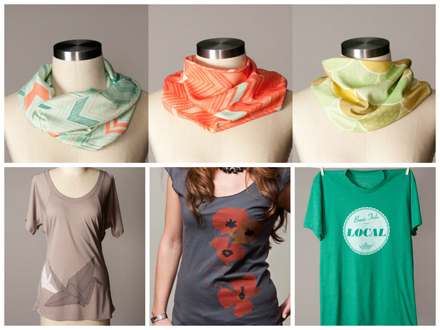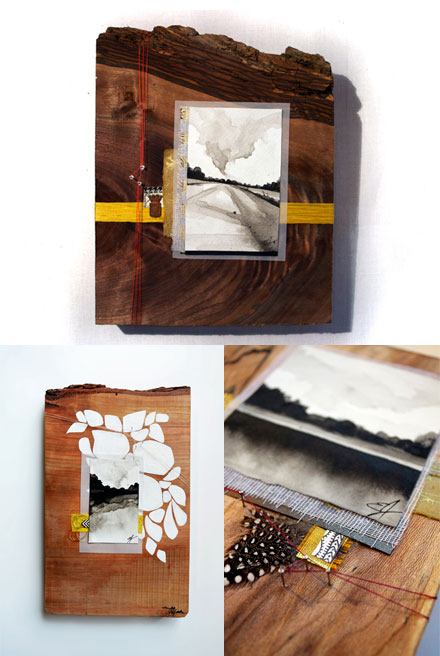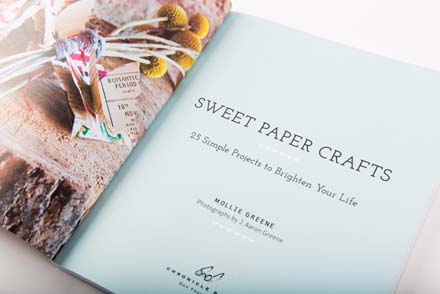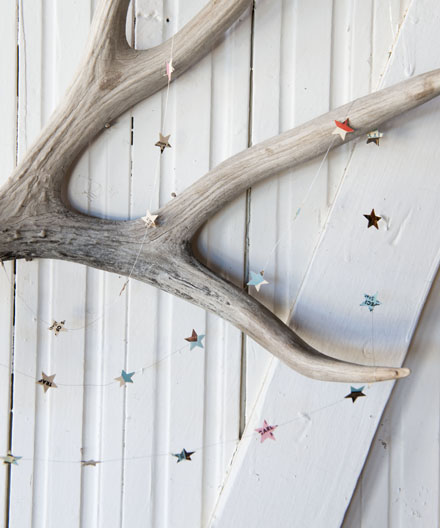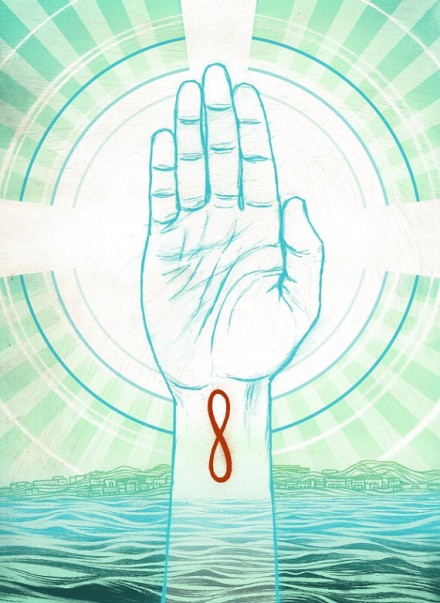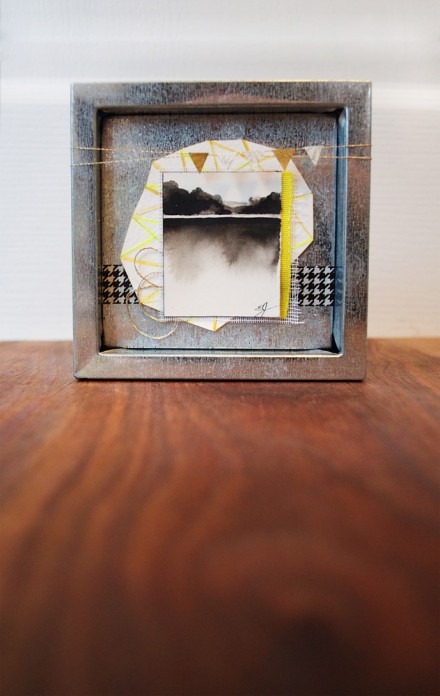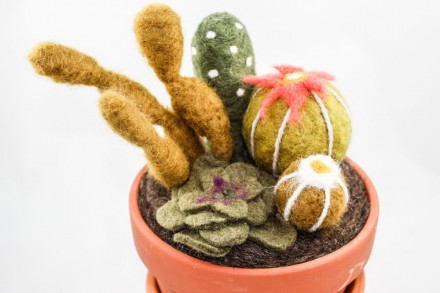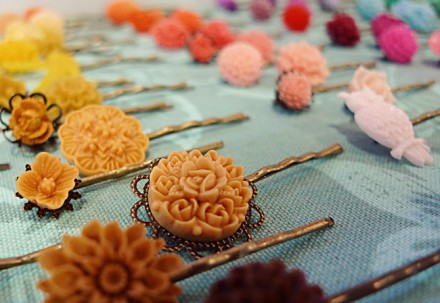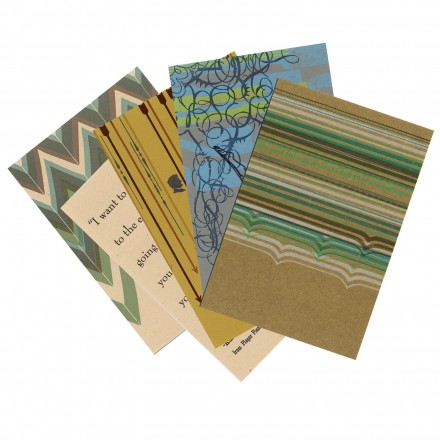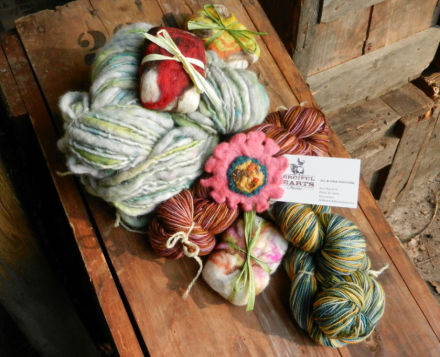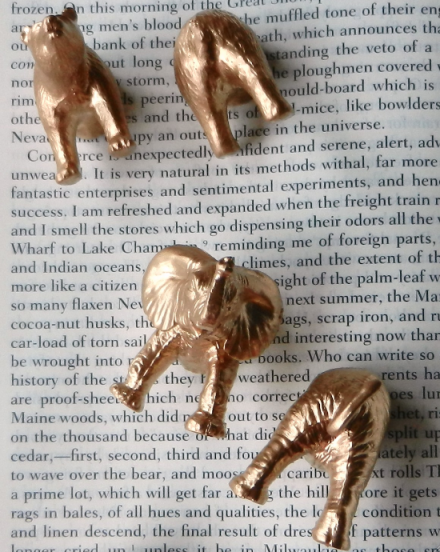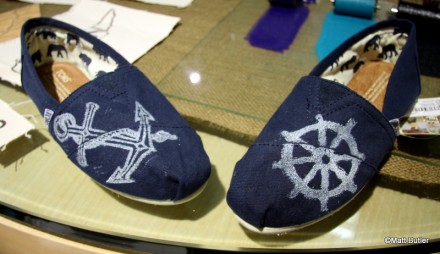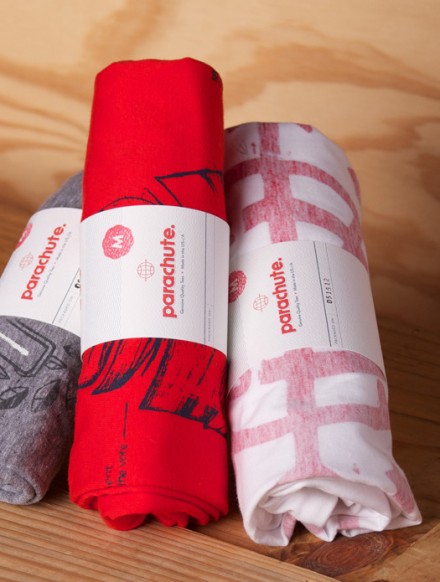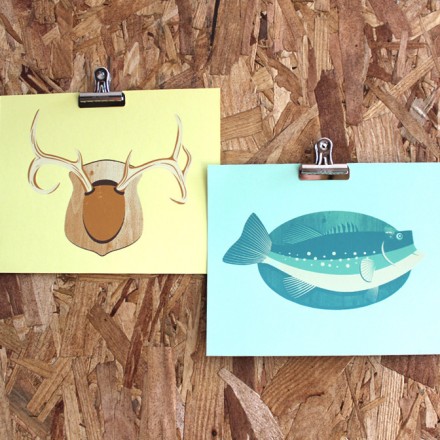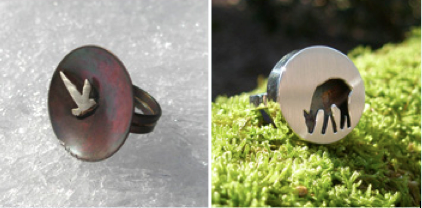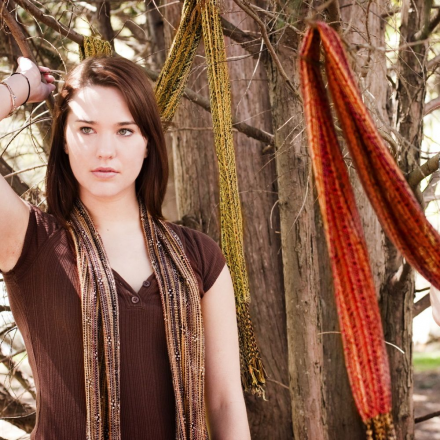In our artist showcase series, we feature a few makers from each category, who you’ll get to meet at the festival this weekend. We guarantee this little sneak peek will have you counting down the last few days until Indie Craft Parade! Last but not least, our Everything Else category! The various goods in this catch-all will surely delight. These talented makers are handcrafting everything from artisanal chocolate to dog treats (not chocolate treats, obviously!), painted pillows to plush creatures, cake plates to candles, and stamped silverware to soap. Check out a little sample...
Finkelstein's Center never fails to wow us with their fabulous plush animals and dolls. These creatures have personality by the boatload! Not just for kids, everyone's going to want one for their own.
Asheville Soap & Sundry Company makes olive oil-based bath soaps, solid shampoo bars, and natural cosmetics. They are dedicated to using natural ingredients, always buying locally and chemical-free, and often grow the botanicals used in their products themselves.
Block & Hammer rescues vintage silverware, and hand-stamps it with fun phrases and custom messages. They also offer copper and aluminum collar stays, the perfect gift for groomsmen or any dapper gent.
Need to see more? You can check out the full list of our 75+ artists here, and come out this weekend to meet them all!




